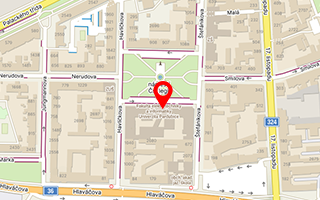Publikace detail
Centroid based person detection using pixelwise prediction of the position
Autoři:
Doležel Petr | Škrabánek Pavel | Štursa Dominik | Zanon Bruno Baruque | Adrian Hector Cogollos | Kryda Pavel
Rok: 2022
Druh publikace: článek v odborném periodiku
Název zdroje: Journal of Computational Science
Název nakladatele: Elsevier Science BV
Místo vydání: Amsterdam
Strana od-do: nestránkováno
